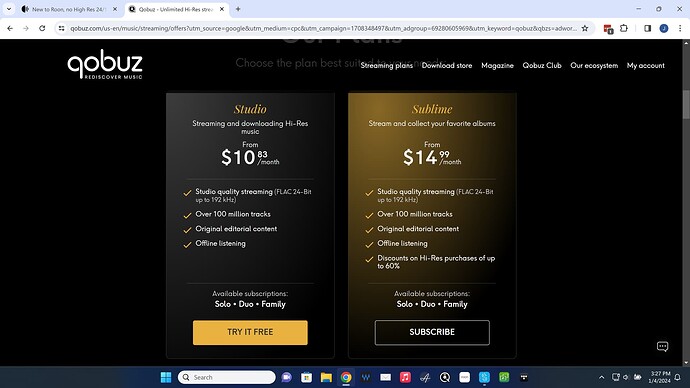And I go back to the reality that it doesn’t matter to me. I’m streaming them from the same sources, essentially, and while I can’t control what the origin was, I can tell you that, for example, the 24/192 on Amazon of the same exact album, same year, same everything sounds better than the 16/44.1 version on Tidal, as put through my HEOS system. I have, a few times, accidentally grabbed the Tidal version on the HEOS app and heard that there was something “wrong” and found that it had grabbed the Tidal version. I switch to the Amazon version and the “it” is back.
It’s also entirely possible that there are some electrical hijinx going on… like for example my Tidal showing me UltraHD on the phone, but due to the reality of AAC bluetooth it is nowhere near that to the DAC. That particular problem gave me fits, because over and over I had myself completely convinced that I couldn’t hear the difference between hi-res and CD… and I was bummed that my ears weren’t up to it. As soon as I plugged the cable in, it sounded so different I had to find out why. That’s when I learned about the Bluetooth challenge with Apple.
I’m POSITIVE that it is something other than resolution at this point… because I believe physics, you guys sound smart etc… but over and over again, I land on the “hi res” version between two “identical” tracks.
Nobody likes playing this game with me in my household. I keep trying to do this blind, but my wife and daughter have limited patience for the blind testing… so I’m hoping to recruit some buddies to participate.
